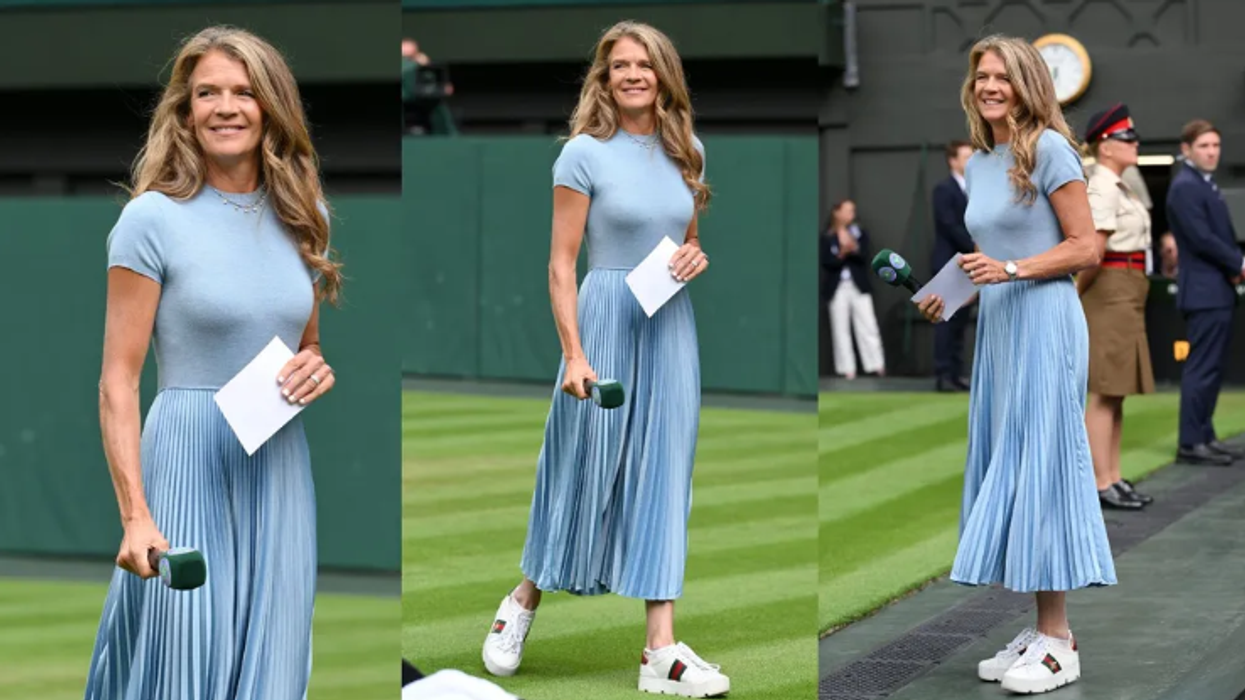For nearly a thousand years, Westminster Abbey has held a vital role in the history of Britain's royal family.
The story of the abbey dates back to the 960s when a Benedictine monastery was established on the site. King Edward the Confessor ordered the construction of a stone church in the 1040s, which underwent major enlargement.
In 1245, King Henry III initiated the development of the Gothic abbey that stands today in central London. Its construction was intended to provide a venue for the coronation and burial of monarchs.
Coronations
Westminster Abbey has a rich history of coronations, beginning with the documented crowning of King William I in 1066. This tradition has endured for centuries, with King Charles III set to become the 40th monarch crowned in the church.
The coronation will take place on the Coronation Chair, which was crafted in 1300-1301. The chair once enclosed the Stone of Scone, also known as the Stone of Destiny, a centuries-old symbol used to crown the kings of Scotland.
In 1950, the stone was stolen by Scottish students in a daring raid, accidentally breaking it in two. In 1996, amidst rising nationalist sentiment, the stone was symbolically returned to Scotland. However, for the upcoming coronation, the Stone of Scone will be brought back from Edinburgh Castle to Westminster Abbey.
Weddings
The Westminster Abbey has played host to numerous royal weddings, with the first documented one being that of King Henry I and Princess Matilda of Scotland in 1100. However, most of the weddings took place since World War I.
King George VI and Elizabeth Bowes-Lyon, Charles's grandparents, tied the knot in the abbey in 1923.
His parents, Queen Elizabeth II and Prince Philip, also exchanged their vows in the church in 1947, bringing a sense of hope to the post-World War II recovery period.
Princess Margaret, Charles's aunt, and his siblings, Princess Anne and Prince Andrew, also chose the abbey as their wedding venue.
The most recent royal wedding in the abbey was in 2011 when Charles's eldest son, Prince William, married his university sweetheart Kate Middleton.
Only 14 years prior to William's wedding, he attended his mother Diana's funeral in the same church following her untimely death in a Paris car crash.
Famous burials
The abbey has served as the final resting place of 30 kings and queens, with King Edward the Confessor being the first in the line in 1066. The last monarch to be buried here was King George II in 1760.
The abbey also holds the remains of approximately 3,330 individuals, including many famous names from British history such as Charles Dickens, Geoffrey Chaucer, Samuel Johnson, Rudyard Kipling, Alfred Tennyson, Henry Purcell, William Wilberforce, Laurence Olivier, Thomas Hardy, and eight former prime ministers.
In 2018, the ashes of the renowned astrophysicist Stephen Hawking were interred between the graves of Isaac Newton and Charles Darwin. Several other notable figures have memorials within the abbey, such as Jane Austen, Benjamin Britten, Noel Coward, Francis Drake, Edward Elgar, Martin Luther King Jr., and Oscar Wilde.
Additionally, the abbey houses a memorial stone for wartime Prime Minister Winston Churchill near the west entrance, alongside the Tomb of the Unknown Warrior, which represents all fallen British troops. Queen Elizabeth II and her mother left their wedding bouquets on the tomb as a sign of respect.
Royal peculiar
The Collegiate Church of St Peter, Westminster -- commonly known as Westminster Abbey -- holds a special status as a "royal peculiar", meaning it is exempt from any ecclesiastical jurisdiction other than that of the monarch, who is the supreme governor of the Church of England.
Despite its historic significance and grandeur, the abbey can only seat around 2,200 people on a regular basis due to a screen separating the nave from the choir.
However, for Queen Elizabeth's coronation, specially-erected tiers allowed around 8,250 people to attend.
For King Charles' coronation, around 2,000 people are expected to attend due to modern health and safety restrictions.
Despite its role in major royal ceremonies, the abbey remains a working church, holding regular services open to the public.
(With inputs from AFP)
















 Kap’s Cafe in Surrey was struck by gunfire late at night with staff still insideInstagram/
Kap’s Cafe in Surrey was struck by gunfire late at night with staff still insideInstagram/ Kaps Cafe Instagram Story Instagram Screengrab/
Kaps Cafe Instagram Story Instagram Screengrab/ Kaps Cafe Instagram Story Instagram Screengrab/
Kaps Cafe Instagram Story Instagram Screengrab/

 The controller and cover designs have been developed in close collaboration with the PlayStation design teamPlayStation
The controller and cover designs have been developed in close collaboration with the PlayStation design teamPlayStation
 Charithra Chandran styled her hair in soft curls for the Ralph Lauren outfitInstagram/
Charithra Chandran styled her hair in soft curls for the Ralph Lauren outfitInstagram/ Charithra’s look was inspired by her character Edwina Sharma from BridgertonInstagram/
Charithra’s look was inspired by her character Edwina Sharma from BridgertonInstagram/